
Vector Laboratories is closed for the President’s Day on Monday, February 19th. We will be back in the office on Tuesday, February 20th.
We will respond to emails upon our return. Have a wonderful day.
Menu
Vector Laboratories is closed for the President’s Day on Monday, February 19th. We will be back in the office on Tuesday, February 20th.
We will respond to emails upon our return. Have a wonderful day.
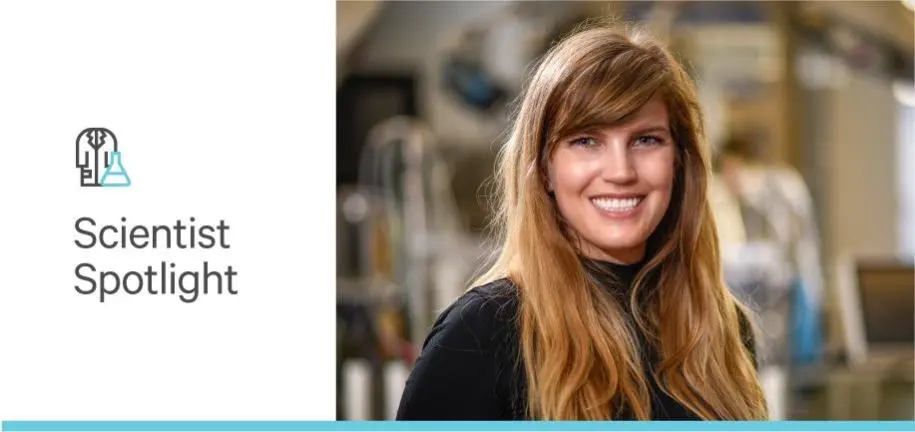
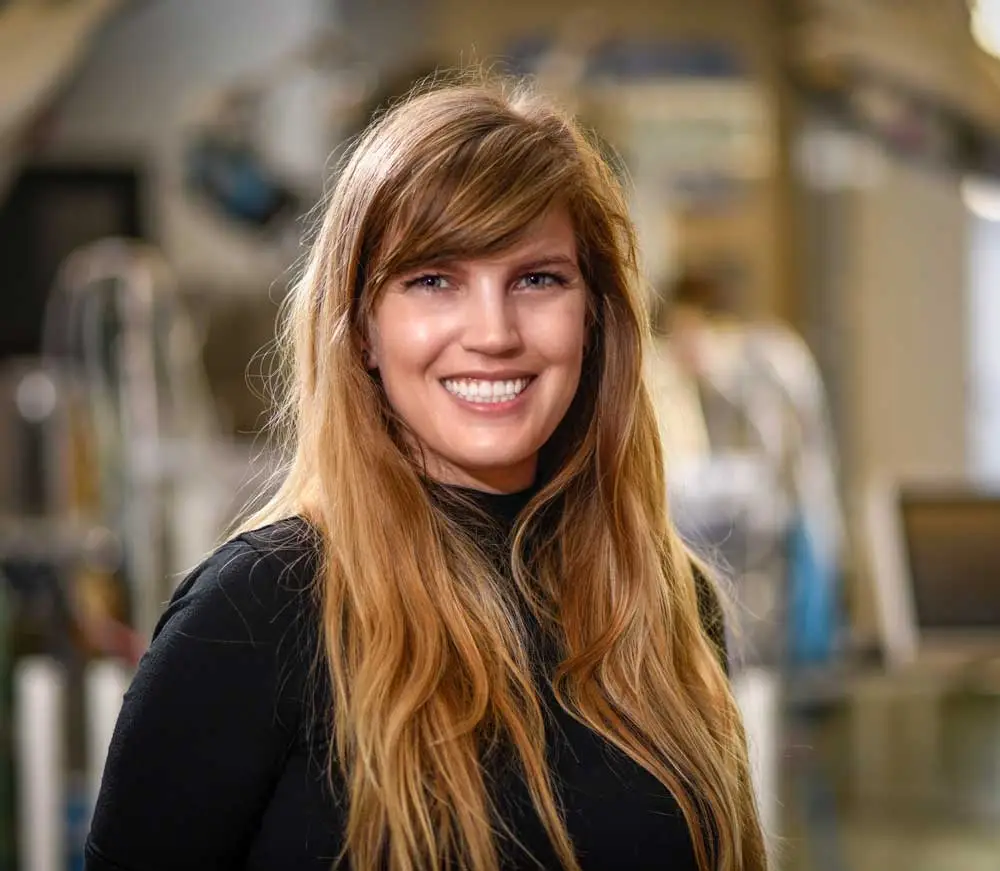
There are three Engevik sisters—Kristen, Amy, and Mindy—all of whom chose to pursue academic careers in the field of gastrointestinal research. Here we focus on Kristen, the youngest, who is working on her third year as a postdoc at Baylor College of Medicine (Houston, Texas). Their parents, who were an emergency room doctor and a pediatric nurse, always encouraged their children to do well in school but did not push them into science or medicine. Instead, they encouraged their children to spend time outside with animals, plants, and their endless curiosity, and find their individual pathways forward. Using that approach, these women learned that not only did they have the desire to pursue science, but also the aptitude. Now the sisters all hold advanced degrees in the sciences, have long been committed to research, have interwoven their educational pathways, and talk about a plan for the future that very well could include a collaborative mega-sister lab.
“I have two older sisters who also do gastrointestinal research. We’re in the same arena, but, because of the breadth of the field, we each can play to our diverse strengths to specialize in our own research. My eldest sister, Mindy, is a microbiologist, so she does microbiome and gut-brain research. Amy, the ‘middle child,’ works on congenital diarrheal diseases and looks at ion transport. And I work on enteric viruses. It’s fun to have a family support system and great for networking, because I meet those who know one of my other sisters or confuse me with one of them because of our strong familial resemblance. There is a seven-year age difference between the oldest and the youngest, putting me a little further behind them career wise—they are both assistant professors at the Medical University of South Carolina—and I’m in my third year as a postdoc.”
Kristen admits that she initially was not intentional about the application process for advanced studies after completing her BS in Biological Sciences (Biola University, La Miranda, CA), and was not accepted into a graduate program on her first attempt. Since Kristen had realized, after her first experiences in research as an undergraduate (in Mindy’s lab), that research was the right path for her, she planned to reapply. After working for a time with kids as an outdoor education teacher, she refocused her efforts, and was accepted by the Systems Biology & Physiology PhD program at the University of Cincinnati (Ohio). As a bonus, both her sisters were conducting research there at the time, having chosen that location because of their high regard for its gastrointestinal research program. When she was looking for postdoctoral opportunities, she saw that the resources available to her in Houston, specifically in the Baylor College of Medicine, and her potential PI’s interest in viruses as the right match for her. What sealed that deal was the enticement of having a sister nearby for support, and by then Mindy was working in Houston.
“I study how we respond to viruses, and specifically how our gut responds to viruses and how viruses can exploit our body’s responses. Our funding supports enterovirus research, primarily focused on rotavirus and norovirus. I usually spend two days a week managing our mouse colonies, with the rest of the time devoted to processing samples, analyzing data, comparing treatment results, and undertaking the responsibilities of a pseudo lab manager (until we hire one for the lab). I also schedule the presenters for weekly rotavirus and other enteric viruses lab meetings at Baylor. I also stain a lot of slides using Vector Laboratories’ M.O.M.® (Mouse on Mouse) Blocking Reagent and spend a lot of hours behind a microscope, including some overnight live imaging sessions of biosensor cells infected with rotavirus and subjected to different treatments.” ”
Her PI’s lab is small (one postdoc, three graduate students, and rotation students), but growing (with a soon-to-be-hired lab manager) as additional research funds amass. The gastrointestinal epithelium (or as she describes it, her “first love”) and how it responds when it takes on the challenge of managing wound healing in the stomach was the topic of her graduate research. Her primary interest as a postdoc is how each host responds to viruses, and how viruses rely on hosts to replicate and continue their own purpose, but also cause damage to the host.
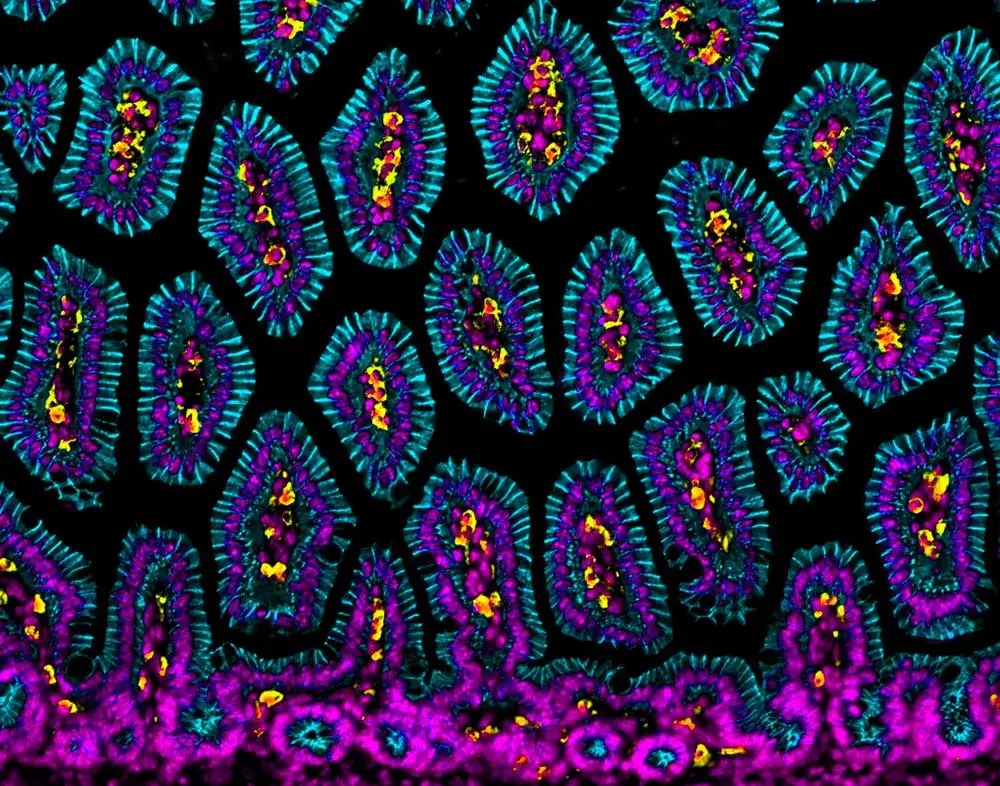
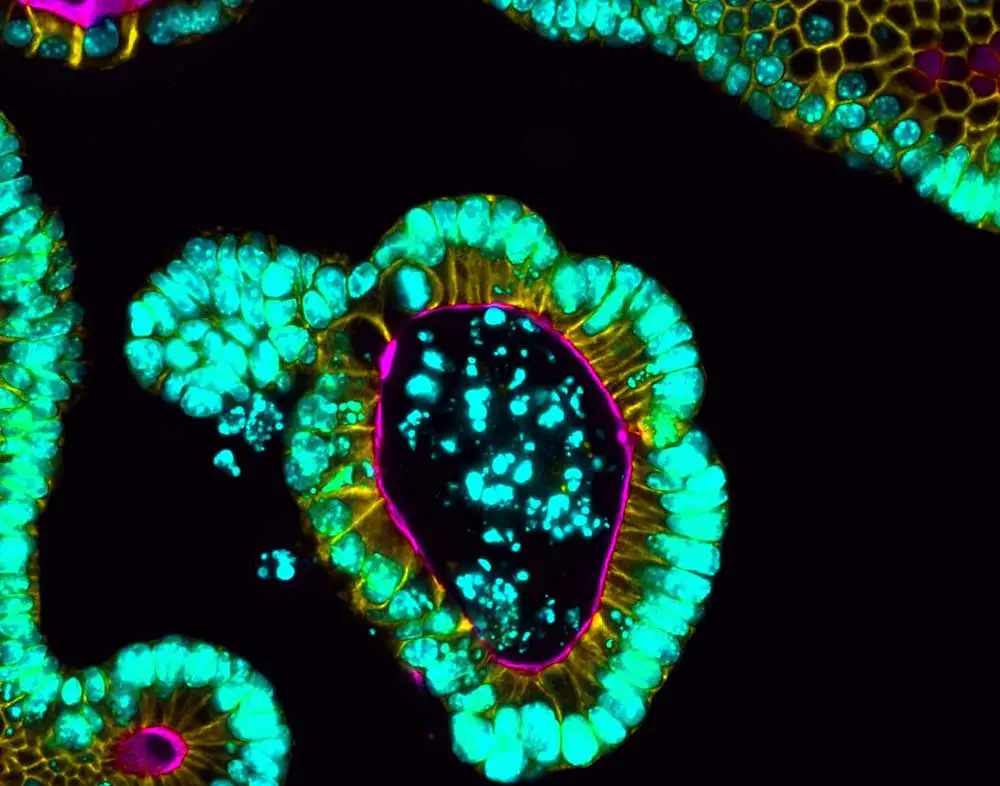
“When I’m not in lab mode, I volunteer as a media relations chair for the Texas Medical Center chapter of the American Society for Microbiology—tweeting things for the chapter, posting things on Facebook, along with organizing and promoting an image contest. I’m on Twitter. A lot. When I take breaks during the day, I’m on Twitter, learning about all the webinars out there, other people’s research, troubleshooting, techniques, publications, and lab spaces. I also think of it as a good networking platform, which I never expected. I now think that there is a really good scientific community in Twitter.”
Her postdoc research focuses on learning more about how viruses exploit their characteristics to take advantage inside the gut. Many viruses have a localized zone of infection, damaging not the entire surface area of the intestine, but instead only the tips of its fingerlike projections (villi). Despite the smaller coverage of the actual infection, rotavirus can still result in severe fluid loss and vomiting in children. Enteric viruses are adept at hacking existing host signaling and wreaking havoc by exacerbating the response of the intestine. Kristen’s research delves into the complicated epithelium system and the different immune responses it is able to generate.
“I’m not much of a puzzle person, but I do like troubleshooting and creating solutions to solve problems. I think the wonderful thing about science and STEM, in general, is that there are always problems for which we need solutions. For example, it is very interesting that rotavirus can exploit host signaling to enhance pathogenesis. And while there is so much more that we know now compared to what we used to, there is so much unknown about viruses. There is so much more that goes into it, infectious disease is a very complicated problem.”
While Kristen is very energetic, she has introversion characteristics that come out at events or situations with large groups or people she hasn’t met. She grew up in a small town and still sees challenges in adapting to new situations, like graduate school, including finding the sense of belonging in a new group. However, she believes that as long as she works on her own flexibility to adapt to the diverse cultures, personalities, work ethics, mentoring and teaching styles, and more that will go far to help her in any environment. Then again, she always can rely on her effective communication and story-telling skills she possesses and the close relationships she maintains with her sisters to give her insights from their experiences. Her short-term plans after completing her postdoctoral studies involve establishing her own lab and staying involved in the field of intestinal epithelial biology (or “I will wander through the whole GI tract, if necessary”) looking primarily at infectious disease. And, if all goes according to the grander scheme (and serendipitous timing of an open position), Kristen may join her two sisters wherever they are to consolidate the #EngevikEmpire into a collaborative enteric research wing.
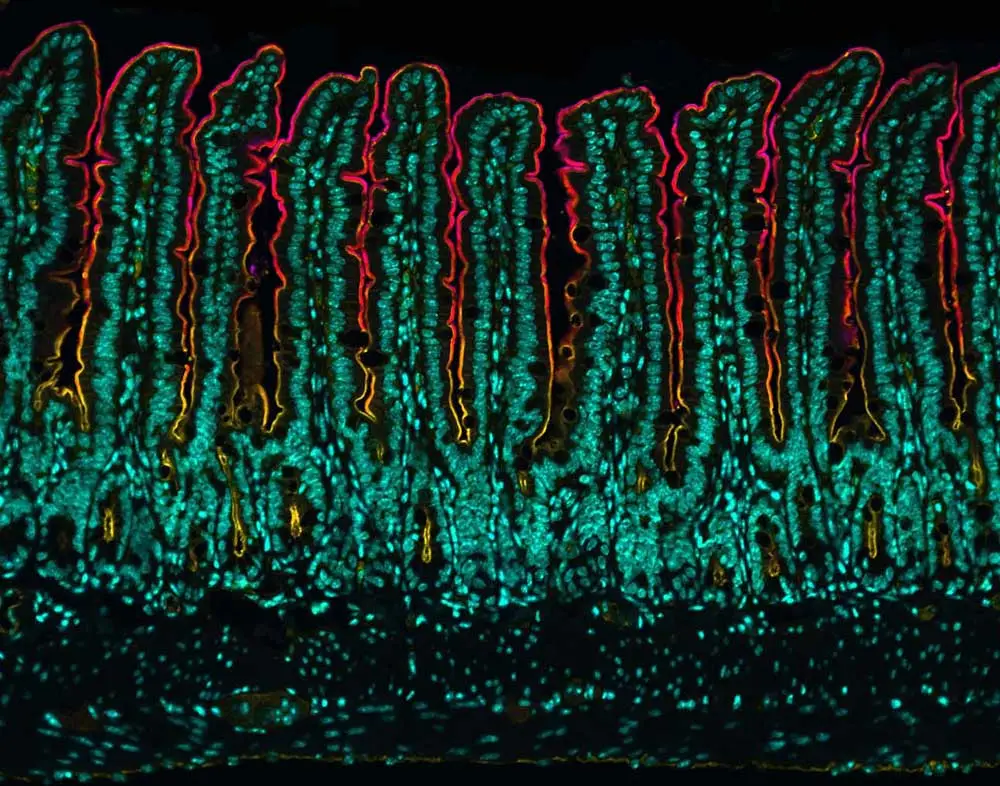
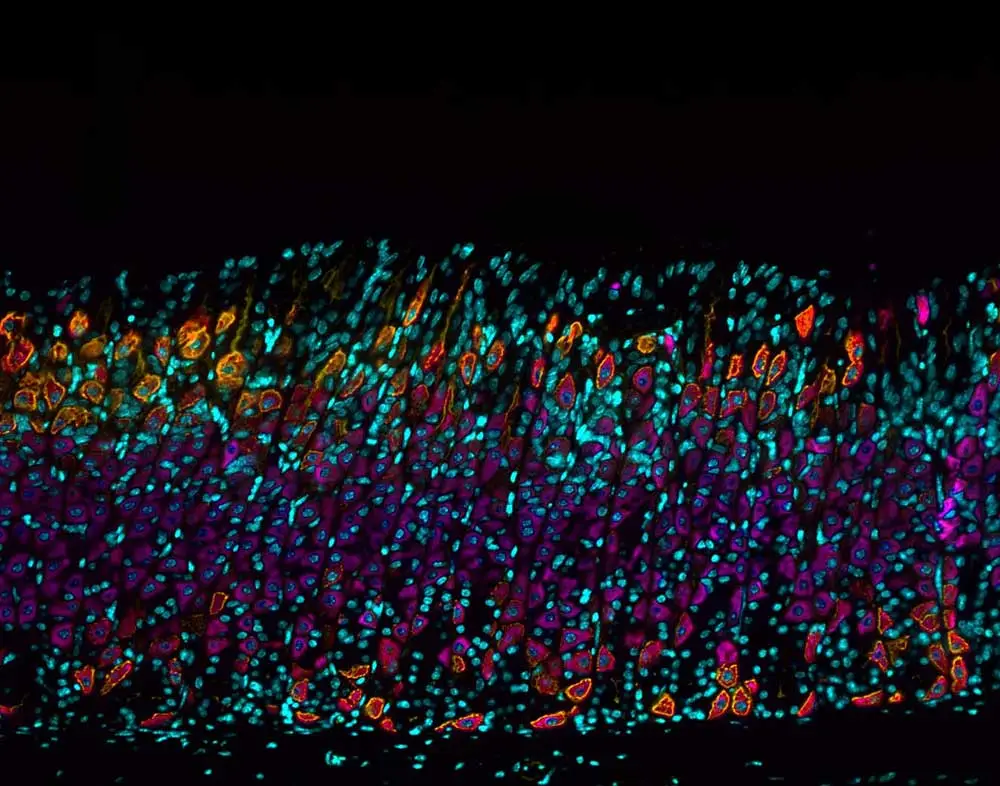





Stay in the Loop. Join Our Online Community
Together we breakthroughTM

©Vector Laboratories, Inc. 2024 All Rights Reserved.